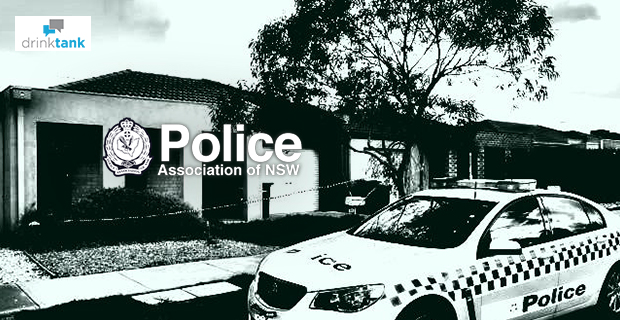Alcohol-fuelled violence is a major occupational health and safety issue for emergency service workers.
Where there’s a fight outside a licensed premises, police have to break it up. Ambulance officers get attacked while treating the injured, and hospital emergency staff are left to deal with aggressive drunks until they are fit to go home. Over 70 per cent of all assaults on police officers are related to alcohol-fuelled violence.
However, this is only the public face of how alcohol-related violence destroys lives.
Such street violence doesn’t show the many women and children whose lives are marred by another person’s problem drinking behind closed doors. The size of the problem alone should provide the impetus to act on this widespread and insidious crisis.
Police and emergency service workers respond to calls of distress and witness first-hand the devastation caused by family violence.
Police work around the clock with victims and perpetrators, making quick decisions and trying to keep everyone safe in often very intimate and complex situations.
Alcohol’s role in family violence was revealed earlier this year in a report by the Foundation for Alcohol Research and Education (FARE), The hidden harm. It presented a disturbing picture, finding that alcohol is involved in up to two in every three domestic violence incidents and as many as half of all child-protection cases.
Surely the release of this report must count as our watershed moment to act.
A range of measures are needed that focus on preventing domestic violence, intervening early to prevent further harm and ensuring there are adequate service responses for people most in need of support.
For change to occur we need reduced trading hours, public education campaigns, and regulations on the promotion of alcohol.
The density of alcohol outlets must also be addressed. Evidence-based research bears out the association between packaged liquor outlets and family violence. Serious questions need to be asked when we see a town, suburb or regional centre with more liquor outlets than grocery stores or service stations.
While police play a pivotal role in ensuring the safety of women and children, we cannot combat and prevent family violence alone. A coordinated, interagency approach is required.
We need to see better collaboration between child protection, mental health, and alcohol and other drug services as it remains easy for someone with an alcohol problem to fall through the cracks.
Local government also has a role to play and councils need to resist the proliferation of licensed premises and instead take note of Social Impact Assessments (SIA), which examine both the social costs and benefits of a proposed event such as a bottle shop.
As a member of the Last Drinks Coalition and the NSW ACT Alcohol Policy Alliance (NAAPA), we continue to campaign for alcohol harm prevention measures, such as those introduced in the Sydney CBD, to be extended across the state. The reduction of trading hours, lockouts and restrictions on drinks with a high alcohol content has saved lives and is an example of what is possible in other communities.
These measures are responsible for a drop in assaults on innocent victims and, if rolled out across Australia, they could impact the numerous adults, children and families whose lives are negatively affected by alcohol.
The Foundation for Alcohol Research and Education (FARE) is currently leading efforts to address alcohol-related family violence in Australia. On 17 June 2015, Australian of the Year Rosie Batty will launch FARE’s National framework for action to prevent alcohol-related family violence at Parliament House in Canberra. This Framework proposes policies and programs for Australian governments which will reduce and prevent this violence. Follow the conversation on Twitter








2 comments